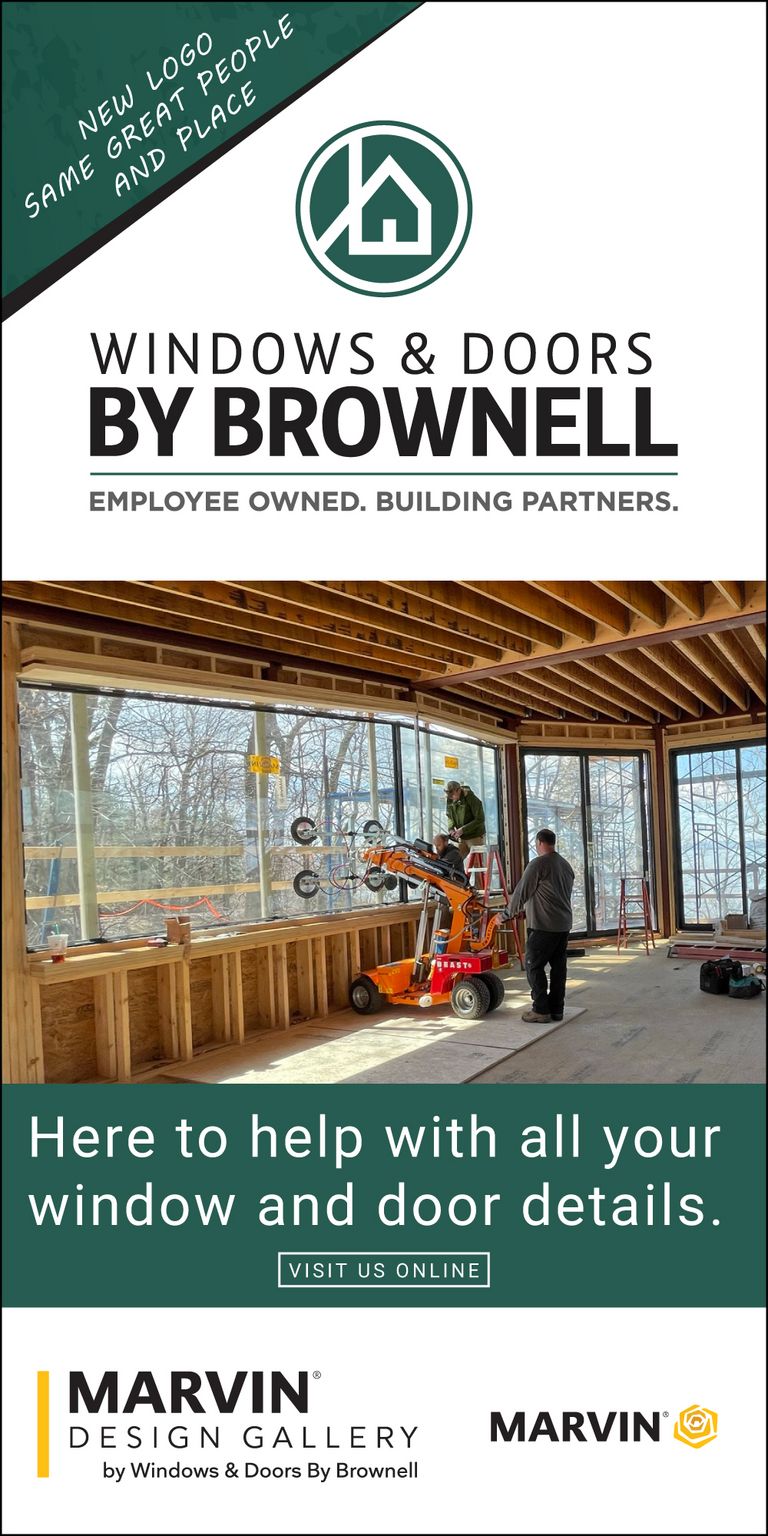The Results Are In: VT Architects Enjoy Working From Home
By Nathalia Ellis, Assoc. AIA
The last three months of dealing with the “new normal” have greatly affected all of us, but despite the emotional roller-coaster of uncertainty and difficulties that this pandemic has brought us, many people have thrived while working from home. In fact, results of a recent AIAVT survey have shown that 80% of respondents agree or strongly agree when asked whether they would like to continue working remotely when things return to normal. Almost 50% of respondents affirmed that in the future they will be looking for jobs that offer high levels of flexibility.
So, where do we go from here? Throughout this article, we have included direct quotes from respondents to the recent AIA Vermont survey on working remotely.
Benefits of Working Remotely
“Our office is committed to working remotely after COVID-19 for the environmental benefits, as well as [to meet] our employees' desires.”
“I would love to see the field of architecture embrace increased flexibility and work/life balance as a result of this trial run. We've seen that productivity remains steady with our entire office working from home, which I hope will inspire leaders to offer that going forward.”
The majority of respondents enjoy working from home and agree they are capable of meeting the needs of their jobs, clients, and employers while working remotely.
- More than 70% of respondents agree that commuting less is better for them and for the environment.
- According to respondents, the ability to set their own schedules is the second-most important benefit of working from home, while the third-most important benefit is that workers now have more time to spend with loved ones. This has proven to be beneficial to their mental health and overall health in general while providing more time to work.
- Some respondents also mentioned that parenting their young kids is easier; that they feel more productive, and that they have more personal time. Although these benefits were listed by some, new challenges have arisen for many parents, which are covered below.
Challenges – And Ideas for How to Address Them
“I miss the camaraderie of working with my team in a shared environment” – Overwhelmingly, this is the biggest challenge of working remotely, mentioned by approximately 65% of the respondents.
What can be done:
Currently, there are still restrictions in the workplace, so for the time being, here are some ideas:
- Have your team connect through a cloud-based peer-to-peer software platform for informal chats and get-togethers - Slack, Google Meet, GoToMeeting, and Zoom are among the platforms being utilized by many companies.
- Make an effort to keep in touch with your coworkers the same way you would connect while you are working in the office. Some firms have set up video hangouts during a lunch or happy hour to allow casual conversations among employees while remote.
“I find collaboration and communication with my team difficult” – 35% of respondents agree with this statement.
What can be done:
- Publish and become familiar with people's schedules. Having an idea of when your teammates are available to bounce around ideas and collaborate makes it easier to schedule that into your day.
- Create some “core work hours” during which time you know that everybody will be available either remotely or in the office.
- Architectural work has very well-defined deliverables. Make sure team members know what their deliverables are and when they are expected.
- Most video conference software has “annotation” capabilities, which allows drawing and collaboration on the same screen while remote.
“It is hard to unplug after work hours” – 30 % of the respondents see this as a challenge.
What can be done:
- Set your email to only receive office emails during business hours (or during your preferred work hours).
- Establish a firm culture that sets clear guidelines with clients and coworkers around communications during off-business hours.
- Talk to your team and understand what the expectations are.
- Set realistic deadlines for your projects based on the limitations of the COVID-19 pandemic.
- Be aware of burnout and have the means to address it.
- Form the habit of incorporating a transition activity that helps you decompress at the end of your workdays, such as going for a walk, moving to a different room in your house, exercising, or reading.
“I have too many distractions at home” – This is the reality of 28% of the respondents. Just 15% of respondents agree that it is difficult to stay motivated when working remotely.
Many people have commented that while they are inclined to work from home, they still have the need for a distraction-free office space. Many of us have to juggle parenthood with our professions. Furthermore, not everyone has a home that is stable or quiet; many others simply do not have the space for a home office (not counting the dining table). Being able to provide office space for those who need it will remain a major factor moving forward.
“A mix of working in-office and remotely allows for flexibility, in-office culture/collaboration, efficient and effective working, and helps our carbon footprint.”
“Balance is key. Time in the office and with colleagues is necessary for our type of work, but focused, productive time at home and less time commuting allows more quality personal and family time, which is also very important for self-care and well-being.”
“I have difficulties overcoming technological challenges” – Approximately 23% of respondents face technological difficulties, and 12% do not have adequate internet connections.
- Regarding connecting remotely and internet connection issues: We have seen a spike in difficulties getting office computers and home computers working smoothly and in tandem. For more information, please read the AIAVT article, “Working From Home: Information for Vermont Architects” (https://www.aiavt.org/news-events/news-details/post/working-from-home-information-for-vermont-architects)
- Commonly used architectural and collaboration software: Most of us have occasional questions regarding all the software architects are required to use in order to get work done (AutoCAD, Revit, SketchUp, Bluebeam, Photoshop, rendering software, and many more). Some simple issues can be resolved by just asking a coworker who used to sit next to you for help. Here are some suggestions:
- Support an office culture that encourages people to ask questions and makes them feel comfortable and not intimidated to seek assistance.
- It is important to have mentors in firms. Encourage anyone willing to take on this role. More than one reduces lost efficiency.
- Set up a platform for easy communication (such as screen sharing) so people can look at each other's computers and assist one another if needed.
- Host remote “lunch and learn” programs for your office covering software challenges that people may be experiencing.
Taking Care of Loved Ones
“NO CHILDCARE IS THE HUGE ISSUE!”
Many companies have added some sort of “COVID-19 time” to employees' timesheets to track lost billable time. This is crucial for those who must work with young children in the house, those who are homeschooling their kids, and those who are taking care of family members, friends, or neighbors who might need extra help in these times.
Most of us are experiencing a high level of stress and burnout; therefore, being aware of it and having open communication with your employees and coworkers is crucial. Employers may need to adjust their expectations of what employees can do, pay attention to those who may be struggling, and offer support to help find effective ways to overcome challenges.
“I think [the] option for remote work is essential for some parents, like myself. I love collaborating and getting feedback in-person, but it just doesn't fit my lifestyle right now, so I feel like my skills are underutilized for the meantime, and progressing in my career is kind of on hold until I can find a position that works for me.”
“Working remotely is not the issue. The issue is a lack of childcare and the sudden need to homeschool. Therefore, so much less time to work in the day!”
Conclusion
This survey idea was proposed during one of the AIAVT “Start Strong” Coffee meet-ups, and thanks to the people who participated, we are better able to understand some of the challenges that Vermont architects are experiencing in this unique moment. AIAVT would like to thank the 70 individuals who took the time to complete the recent survey sent to members regarding working from home during COVID-19.
Please reach out to our Executive Director if you have specific questions, comments, or concerns at this time. AIA Vermont is doing its best to support Vermont architects, and we look forward to connecting with each of you.














